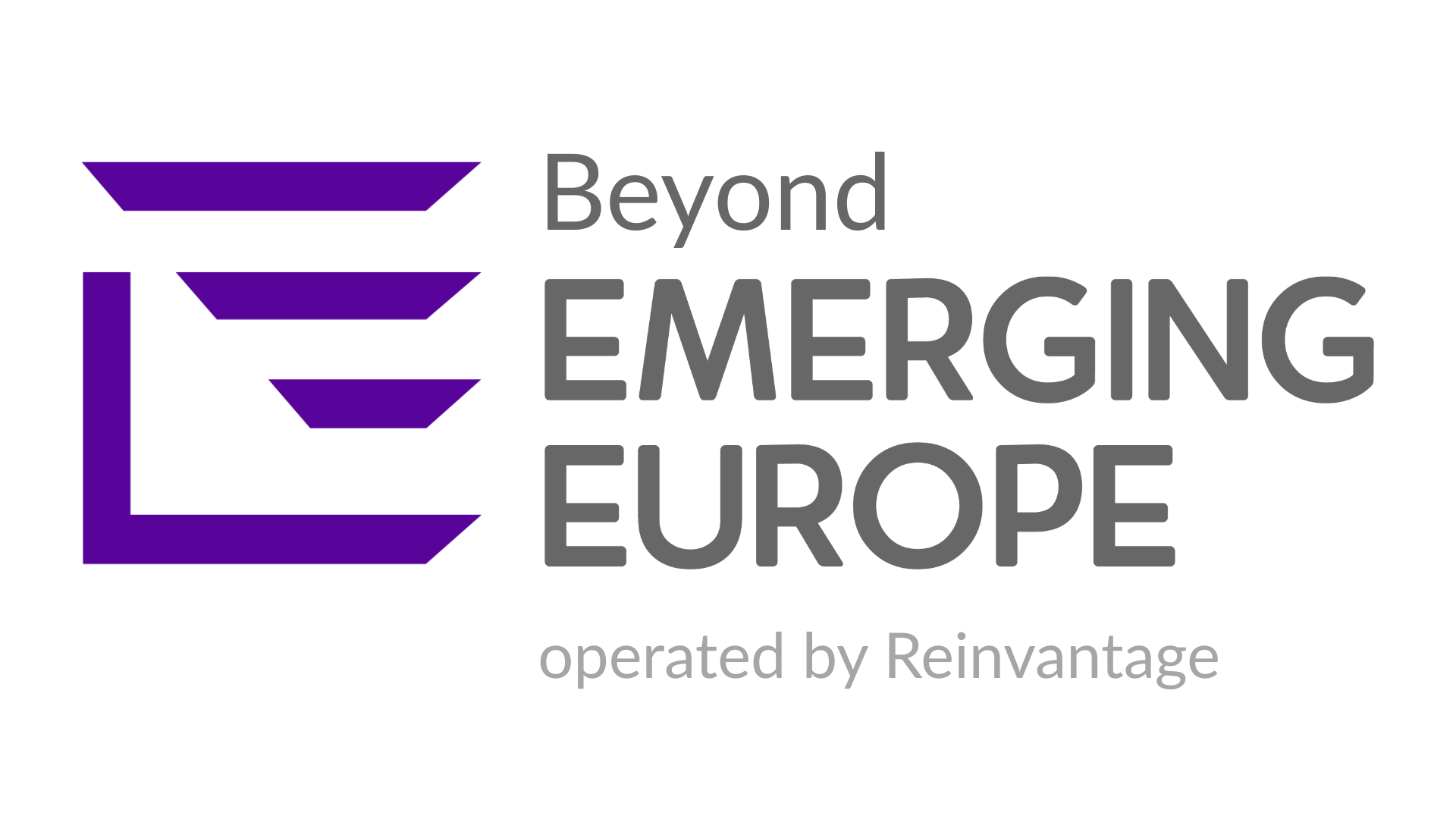Moldova is an example for other small countries tethered economically to Moscow—reorientation of the economy is not just possible, but essential.
Tethered for decades to Moscow—either by Soviet occupation or economic necessity post-independence—Moldova has, since Russia launched its full-scale invasion of Ukraine in February 2022, successfully managed to pivot westwards both economically and politically.
- Russia’s war on Ukraine sends Moldovan fruit packing—west
- ‘Now is the time to invest in Moldova’
- Maia Sandu’s next battle: Reforming Moldova’s justice system
Once almost wholly reliant on Moscow for trade and energy, Moldova today exports far more goods and services west than east, becoming an unlikely case study in how to reorient an economy away from Russian influence.
Its success offers lessons for other nations that appear to be caught in Moscow’s orbit, such as Georgia.
The energy breakthrough
Energy was always going to be Moldova’s Achilles’ heel. As of 2021, the country imported almost all of its gas from Russia via Gazprom, and electricity was largely sourced from the breakaway region of Transnistria, where a Russian-controlled power plant dominates.
This reliance left Moldova highly vulnerable when Gazprom slashed gas supplies in late 2022, ostensibly due to ‘technical issues’ but clearly as a pressure tactic in the face of Moldova’s pro-European pivot—the country formally applied for European Union membership just days after Moscow’s invasion of Ukraine. In December 2023, the European Council announced its decision to open accession negotiations with Chișinău.
Rather than capitulate, Moldova accelerated efforts to diversify its energy sources. Central to this strategy was the Iași-Ungheni-Chișinău gas pipeline, completed in 2021 but underutilised until the crisis.
This critical infrastructure connects Moldova directly to neighbouring Romania, enabling it to purchase gas from European suppliers. By the first half of 2023, Moldova had completely stopped buying gas from Gazprom, instead sourcing 100 per cent of its natural gas through European markets, mainly Romania.
Electricity supply, too, has been transformed. Moldova synchronised its power grid with Romania in 2022, allowing significant imports of Romanian electricity. This integration not only ensured that the lights stayed on but also strengthened Moldova’s energy independence.
Renewable energy is also receiving greater attention, with EU-supported projects aimed at harnessing Moldova’s potential for solar and wind power.
Trade: From Moscow to Maastricht
Moldova’s trade relationship with Russia had been declining even before the invasion of Ukraine, but the war served as a catalyst for a wholesale realignment.
In 2021, the European Union accounted for 54 per cent of Moldova’s foreign trade, while Russia’s share had fallen to less than 10 per cent. By 2023, the EU’s share had risen above 60 per cent, with Russia’s dwindling further.
This shift was facilitated by several factors. Chief among them was the EU’s decision to extend Autonomous Trade Measures (ATMs) to Moldova in July 2022, granting Moldovan products easier access to European markets.
This policy helped Moldova redirect much of its agricultural exports, such as apples and wine, from Russia to the EU. Exports to the EU surged from 1.8 billion euros in 2021 to 2.6 billion euros in 2022, according to European Commission data.
Additionally, Moldova has worked to meet EU standards for goods and services, a challenging but necessary step to deepen its trade ties with the bloc.
For instance, Moldovan producers of agricultural goods have made strides in complying with stringent European regulations, opening doors to high-value markets in Western Europe.
The role of key sectors
Agriculture, which accounts for a significant portion of Moldova’s GDP (around 8.3 per cent in 2022), has been at the forefront of this transformation.
Historically reliant on the Russian market for much of its wine, fruit, and vegetables, Moldovan farmers faced an existential crisis when Moscow imposed import bans in retaliation for Chisinau’s pro-European stance. Yet, rather than collapsing, the sector adapted.
Winemakers, in particular, have found success in rebranding their products for European consumers, emphasising quality and tradition.
By 2023, the EU had become the primary market for Moldovan wines, with exports to countries like Poland, Germany, and Czechia growing rapidly.
The manufacturing sector has also undergone significant changes. Foreign direct investment (FDI) from the EU has helped modernise Moldova’s industrial base, integrating it into European supply chains.
The automotive sector, for example, has seen growth thanks to investments from European companies establishing production facilities in Moldova.
Moldova’s IT sector has also emerged as a bright spot in its economic transformation.
Long overshadowed by agriculture and traditional industries, the sector has gained momentum in recent years, fuelled by a tech-savvy workforce and government-backed initiatives.
The country’s IT industry has increasingly attracted outsourcing contracts from European and North American companies, providing software development, cybersecurity, and IT consulting services.
The government’s establishment of a virtual IT park, with a favourable tax regime, the Moldova IT Park, has played a pivotal role in fostering growth.
By 2023, the IT sector contributed over three per cent to Moldova’s GDP, with exports reaching 400 million US dollars, up from 270 million US dollars in 2021.
As Moldova deepens its integration with European markets, the IT sector offers a scalable, high-value alternative to traditional industries, showcasing the country’s potential to compete in the global digital economy.
The role of the EU
Moldova’s pivot toward Europe would not have been possible without robust support from the European Union.
Beyond trade measures, the EU has provided financial aid, technical assistance, and political backing to help Moldova navigate its transition. In 2022 alone, the EU pledged 250 million euros to support Moldova through the energy crisis, helping it subsidise utility costs for vulnerable households.
EU accession talks, though still in their incipient stages, have given Moldova a clear incentive to align its policies and institutions with European standards. This alignment is not merely symbolic; it lays the groundwork for long-term economic integration and stability.
In October, a narrow majority of Moldovans voted to rewrite the country’s constitution to include their desire to seek European Union membership. This constitutional change will make it harder for future governments—who may not be so EU-friendly—to shift the country away from its pro-European trajectory
Lessons for countries beyond Moldova
Moldova’s experience holds valuable lessons for other nations in the region, particularly Georgia, which, should it ever replace the openly pro-Russian Georgian Dream government, currently under pressure from daily protests to rerun a parliamentary election widely considered rigged, that look to reduce economic dependence on Moscow.
Like Moldova, Georgia faces a complex relationship with Moscow, balancing historical ties with aspirations for closer integration with the West.
Moldova’s first lesson is the importance of energy diversification. The Iași-Ungheni-Chișinău gas pipeline was critical in enabling Moldova to diversify its energy sources, underscoring the need for similar projects in Georgia. Alas, the country is currently shifting the other way: In 2024, the share of Russian natural gas in Georgia’s internal consumption has risen from 17.3 per cent in 2023 to over 20 per cent.
Imports of gas from Azerbaijan meanwhile, the most likely alternative to Russia, fell to just over five per cent in 2023.
Second, Moldova’s success in reorienting its trade highlights the value of aligning with EU standards and leveraging European trade mechanisms to offset the loss of Russian markets.
Perhaps most importantly, Moldova’s example demonstrates that economic realignment is as much about political will as it is about technical capacity.
Chișinău’s pro-European government, directed by the impressive President Maia Sandu, reelected for a new term in October, has consistently prioritised the country’s strategic shift despite internal opposition and external pressures from Moscow.
Challenges ahead
Nevertheless, while Moldova’s progress is impressive, it is far from irreversible.
The country remains one of Europe’s poorest, with significant portions of the population still nostalgic for Soviet-era ties with Russia. Moscow continues to wield influence through propaganda and support for pro-Russian political forces in Moldova, which could undermine its pro-European trajectory.
Moreover, Moldova’s energy transition, while groundbreaking, is not yet complete. Dependence on electricity imports from Romania, though preferable to reliance on Transnistria, leaves Moldova exposed to fluctuations in regional markets.
Further investment in domestic renewable energy is crucial to secure long-term energy independence.
Though challenges remain, Moldova’s journey away from Russian economic dependency is a testament to the power of strategic foresight and international cooperation.
Through energy diversification, trade realignment, and sectoral reforms, this small nation, in a complicated geopolitical position, has managed to chart a course toward greater sovereignty and European integration. Its achievements are an example for other countries grappling with the shadow of Russian influence.
For Georgia and others, perhaps Armenia, the lesson is clear: economic independence from Moscow is difficult but possible.
Moldova’s success proves that with the right policies, partners, and persistence, even the most vulnerable nations can reimagine their futures.
At Emerging Europe, we use an integrated approach centred around market intelligence to help organisations understand trends and strategically position themselves for success.
Learn how our solutions can help you thrive in the region:
Company and Services Overview | Strategic Advantage.


Add Comment